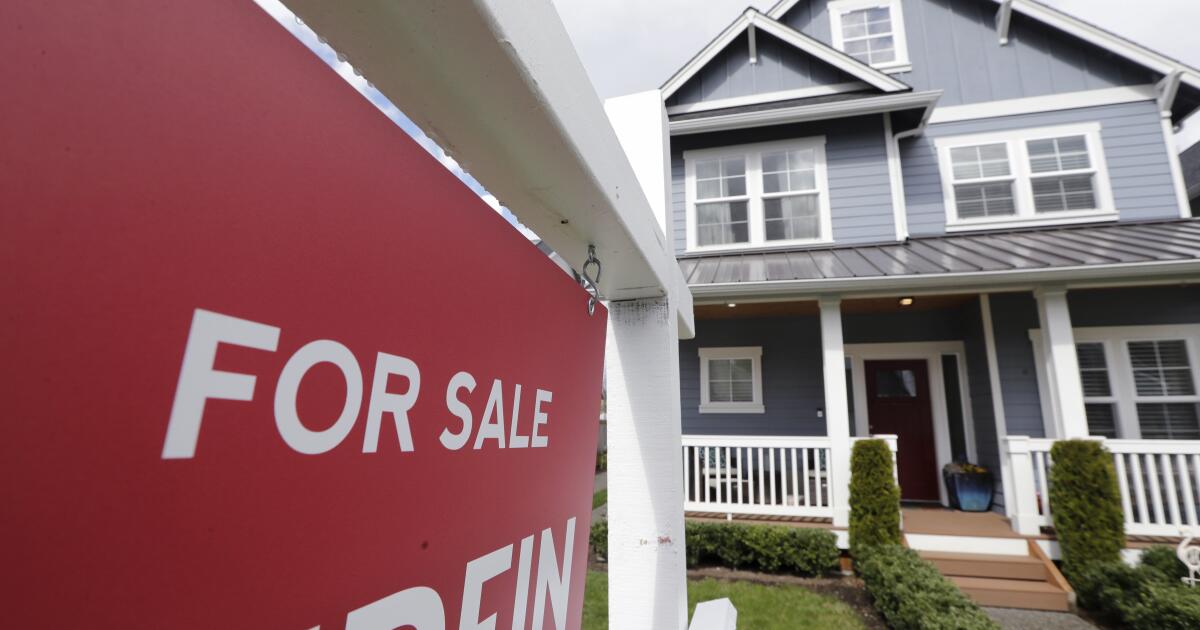In recent weeks, I’ve noticed a concerning economic term resurfacing in financial discussions: stagflation. As someone who analyzes market trends obsessively, I believe real estate investors should understand what stagflation is, why concerns are rising, and how it might affect your investment strategy should it rear its ugly head.
What Is Stagflation?
Stagflation combines two problematic economic conditions simultaneously: high inflation and recession (combined with high unemployment).
Typically, inflation and unemployment move in opposite directions. During economic expansions, unemployment falls as businesses hire more workers. This creates a positive cycle: more employed people means higher wages, which increases consumer spending power and demand for goods and services. Higher demand and cheap money often lead to inflation.
When inflation rises too high, the Federal Reserve steps in by raising interest rates. These higher rates make borrowing more expensive, causing businesses to slow their expansion and sometimes cut jobs, which in turn increases unemployment. With fewer people working or spending freely, consumer demand drops, helping to bring inflation back under control. It’s not a fun cycle, but it’s the norm in the United States.
However, during the 1970s, something unusual happened—stagflation. Instead of seeing just inflation or just high unemployment, the U.S. economy experienced six consecutive quarters of declining GDP while simultaneously tripling its inflation rate. This stagflationary period was a result of oil shocks, loose monetary policy, and fiscal changes, including the abandonment of the gold standard.
The challenge with stagflation is the limited options for addressing it. The Fed’s typical tools become less effective:
- Raising rates to fight inflation risks worsening unemployment
- Lowering rates to stimulate job growth risks increasing inflation
This creates a policy trap for the Federal Reserve, as their usual tools to fight either inflation or recession would worsen the other problem. Raise rates to fight inflation? That could hurt the labor market. Lower rates to boost employment? Watch out for rising inflation. It’s a tough situation to get out of and should be avoided at all costs.
Why Stagflation Concerns Are Rising Now
In the current economic environment, several economists are raising concerns about stagflationary risks, with tariffs as the primary factor.
Research shows tariffs typically hurt the economy in two ways: they raise prices and slow economic growth. The Smoot-Hawley tariffs of 1930 offer a historical example, where tariffs led to declining GDP, increasing unemployment, and worsening banking conditions. More broadly, a comprehensive study examining 151 countries over five decades found that economic output typically falls after tariffs are implemented.
Looking at our current situation, several major financial institutions forecast modest inflation increases due to tariff costs being passed to consumers:
- Goldman Sachs expects inflation to rise from 2.1% to 3%
- Deloitte predicts an increase from 2% to 2.8%
- Fannie Mae anticipates growth from 2.5% to 2.8%
These projections suggest inflation will increase due to tariffs but remain well below the extreme levels of inflation we experienced in 2021–2022.
To be clear, no one knows exactly what will happen with tariffs, and what shakes out in the coming months will largely determine if stagflation occurs and how rough it might get.
What Are the Odds?
If you want to quantify the risk (which I can’t help do as an analyst), most forecasters still think stagflation isn’t the most probable outcome:
- Comerica projects a 35-40% chance of stagflation
- University of Michigan models show a 25-30% probability
- UBS raised U.S. stagflation risk to 20%
- The most pessimistic outlook comes from Wall Street, where 71% of fund managers expect global stagflation within 12 months.
The consensus appears to be that stagflation risk is at its highest since the 1980s, but most economists believe we’ll avoid these conditions. Even if stagflation occurs, forecasts suggest it would likely be short-term rather than a prolonged 1970s-style situation.
What This Means for Real Estate Investors
The 1970s stagflation period offers valuable insights for today’s real estate investors. When I researched how real estate performed during this challenging economic time, I found some interesting patterns.
Historical Performance During Stagflation:
- Property values typically kept pace with inflation in nominal terms
- Real (inflation-adjusted) returns showed inconsistency with occasional declines
- Rents kept pace in nominal terms and were close in inflation-adjusted terms as well
- Rental properties likely outperformed stocks during this period, but individual results vary
During the 1970s stagflation period, real estate proved to be a relatively resilient asset class. Physical assets like real estate often serve as inflation hedges when other investments struggle. This proved true during stagflation, and property owners were able to maintain their nominal wealth even as inflation surged.
That said, when adjusted for inflation, real estate returns were uneven. Investors protected their wealth better than in many alternative investments, but significant real growth remained elusive. That may just be the best anyone can do in stagflationary periods.
Today’s Critical Difference: Affordability
What’s different today compared to the 1970s is housing affordability. Both home prices and rents are already stretched relative to incomes—a vulnerability that didn’t exist to the same degree previously. I’m not sure if that would change real estate performance in a potential stagflationary period, but it’s something that may negatively impact real estate.
My Investment Strategy
Despite these concerns, my strategy remains largely unchanged. I’ll continue investing but with caution, looking for solid long-term assets while avoiding thin or risky deals given the current uncertainty.
I recommend fellow investors:
- Stay informed by monitoring key economic indicators
- Remain patient and only pursue strong, obvious deals
- Think long-term, as short-term uncertainty doesn’t negate the benefits of sound real estate investing
It’s too early to say whether stagflation will actually occur or how severe it might be. By staying informed, patient, and focused on the long term, real estate investors can navigate this uncertainty effectively.
What strategies are you using to prepare for potential economic changes? Share your thoughts in the comments below!
Analyze Deals in Seconds
No more spreadsheets. BiggerDeals shows you nationwide listings with built-in cash flow, cap rate, and return metrics—so you can spot deals that pencil out in seconds.




















 English (US) ·
English (US) ·